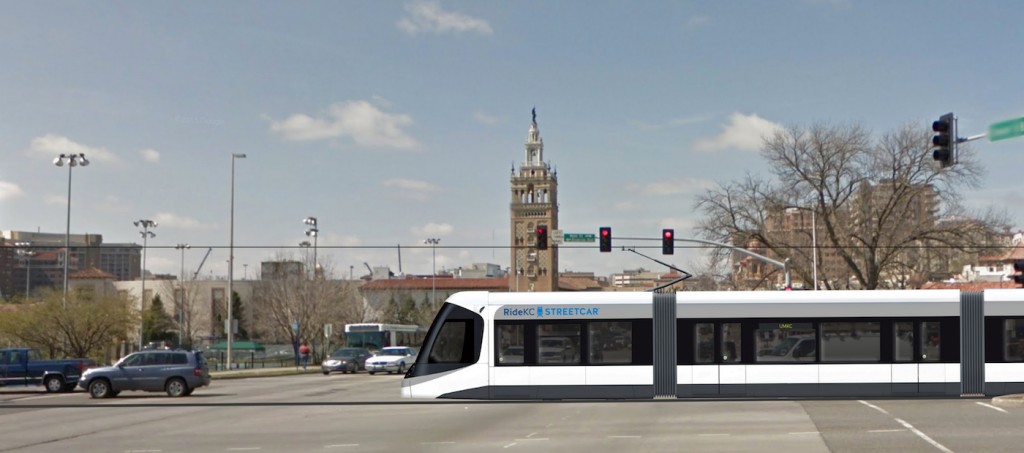This fall, Kansas City voters are being asked again to pay for Clay Chastain’s fantasy light rail plan (KCMO Question 3 — see the sample ballot at kceb.org). The cost to implement this plan will certainly exceed the revenue generated by the plan’s three new sales taxes. Worse still, this plan purposely robs $26 million a year from our underfunded bus system that thousands depend on daily.
Such is the folly of Clay Chastain.
Building light rail through low density areas on the way to KCI, the Truman Sports Complex, and the new Cerner campus sound great on paper. However, this plan’s profound lack of improving regional transit-access-to-jobs makes this multibillion dollar plan fantasy inconsequential relative to addressing that problem.
Every transit professional in the region will tell you the most acute jobs access problem is in southern Johnson County.
This is a significant omission in Chastain’s repeated attempts at pursuing his KCMO-only light rail fantasy. We have a regional transportation plan called SmartMoves that we’ve been investing in route-by-route, albeit slowly. Clay Chastain continues to ignores the objectives of that adopted regional plan.
We must focus the region on connecting people to job density and building greater population density in our urban core. Streetcar, for example, was specifically focused on the latter and by all measures is succeeding.
Aside from ignoring the region’s top job access gap, Chastain’s fantasy plan contains flaws that make implementation impossible.
Chastain’s plan assumes construction costs of $45 million per mile, yet we know the streetcar cost $50 million per mile. Light rail is more costly than streetcar to construct — often approaching $100 million or more, not including river crossings.
To help fund construction, Chastain assumes $1 billion in Federal dollars, which would be one of the largest single project awards ever. It is unlikely the city would get such an award for a light rail line that runs through low density areas to the north and south, a lesson we learned in 2008.
The local match would come entirely from sales tax revenues. A portion of which would be captured by redirecting a tax that supports our bus system. In Chastain’s own words, his plan “would probably cause disruption for local bus service.”
Other assumptions which compound the difficulty of implementation:
- Assuming the Parks Department would allow use of parks for light rail right-of-way;
- Assuming light rail would run on the Trolley Track Trail, a citizen work group already weighed in on this in 2014, preferring a mixed alignment for rail going south through Brookside;
- Assuming North Kansas City and MoDOT would agree to not only using the Heart of America Bridge, but restricting car traffic when light rail vehicles are passing;
- Assuming a zone-based pricing system that increases cost of the trip based on the number of zones traveled. This is contrary to the current RideKC fare policy.
Clay Chastain’s latest light rail fantasy plan is riddled with problems. It’s unlikely any entity would execute the plan, and certainly not for this price tag. The voters of Kansas City should send Chastain a clear message with another resounding defeat. He’s promised once again that this is the end, right?
Matt Kauffman
Chair
Kansas City Regional Transit Alliance



